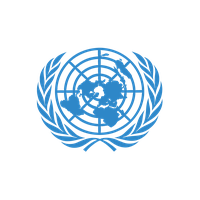
International Day of Persons with Disabilities
Taking place on 3rd December every year.
Raising awareness of disability rights and issues.
About the event
This day aims to promote an understanding of disability issues and mobilise support for the dignity, rights and well-being of persons with disabilities. Crucially, it seeks to raise awareness about making political, social, economic and cultural life accessible for disabled people.
Initiated in 1992 by the UN, the day aims to engage groups from across civil society including institutions, local governments, schools and community groups. It highlights the fact that we must make every level of society accessible for disabled people. This extends from the design of public spaces to the inclusive processes of organisations.
How to approach it
Today is about showing that we all have different needs and that the world around us should be designed to ensure all of these needs are considered. We want to move away from a paradigm of ‘able’ and ‘disabled’ where the world is supposedly split into two categories of people. Instead show that we all have slightly different needs. It’s useful to explore this with your class. Ask: in what ways do different people need different kinds of support? Good examples might be glasses, help with reading, crutches, wheelchairs or different teaching styles to accommodate neurodivergent students. Show that we can and do adjust the world around us to accommodate different peoples needs. From this you can show that justice for disabled people is about extending this consideration to all people.
Next, it’s useful to explore the current blindspots in how our world functions. Ask: what examples are there of things which can be made more accessible? Good examples are buildings without ramps or lifts, meetings without captions for deaf people or museum exhibits without brail for blind people.
Finally, ask: how can we make sure our communities, institutions and architecture are more accessible in the future? A good thing to suggest here is that when we design all of these things, disabled people should be consulted. Ultimately, this is about attentiveness to the needs of others.
Organised by
United Nations

Conversation starter
How do people’s needs differ from each other? Differences in sight, mobility and learning speeds are all good examples. Given this difference, how can we make sure that everyone feels thought of and included? Can you think of an example of something in the world that could be made more accessible or inclusive?
